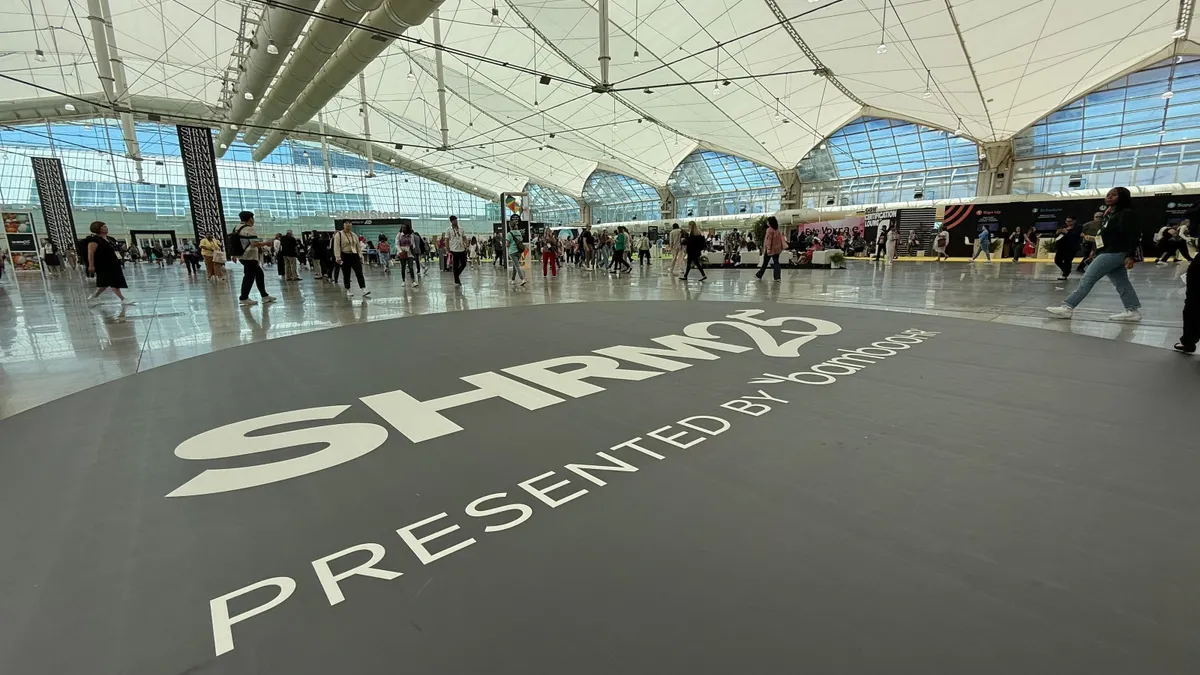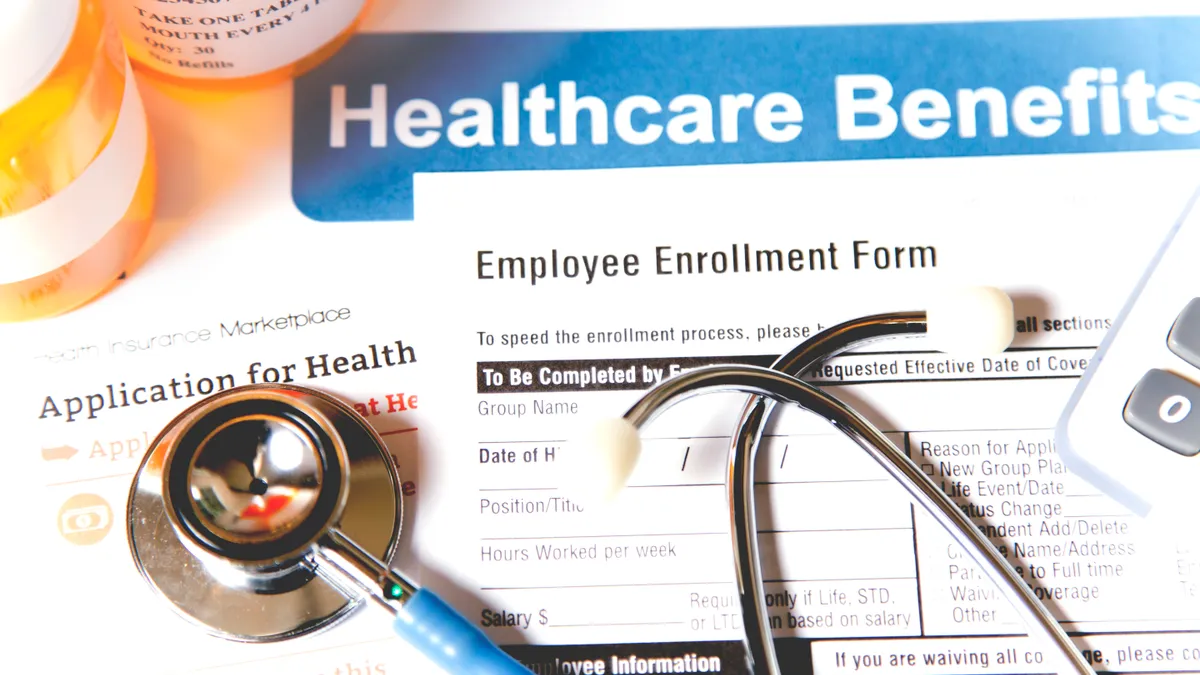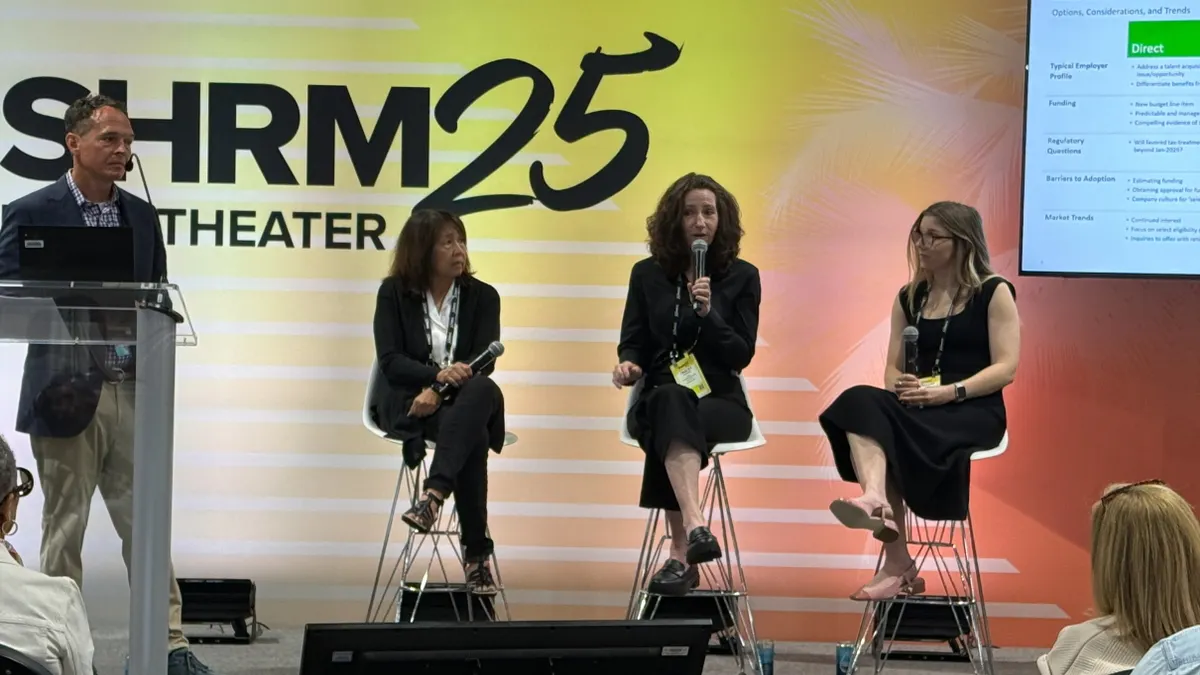Christine Latore is the head of product and filing, employee benefits at Equitable.
As the fallout from the pandemic forces HR professionals to rethink what the future of work will look like — both in the short and long term — they'll also need to examine their benefits offerings to ensure they meet the demands of a constantly changing workforce and environment.
The catch: No one can predict which workplace responses to the pandemic will be temporary and which will become permanent changes. It's possible that by the end of the year, some offices will be back to business as usual. The other, seemingly more likely, option is that we see a permanent shift in how and where people perform their jobs, with more of our workforces operating remotely on a routine or even full-time basis. This scenario will fundamentally change the future of HR professionals' jobs — and in turn, benefits offerings and employees' insurance needs.
Disability offerings remain as valuable as ever
While disability insurance has been a longstanding product available in the group marketplace, many employees and employers alike are not entirely sure what disability insurance does, and they don't recognize a personal need for this coverage.
As the workforce changes and becomes more distributed and home-based, employers and employees have new things to consider when it comes to disability coverage. Most policies provide "return-to-work" incentives, which allow employees to work part-time while recovering from a sickness or injury. For an employee now working permanently from home, the transition to part-time and eventually full-time work may happen earlier and more effectively, without the added challenge of commuting or transportation logistics. And accommodations that they would need in an office in order to return from an illness or injury may be more easily accessible in a home-based work environment. These types of provisions allow the employee to begin earning an income again, while also supported by insurance income. For the employer, these provisions facilitate an earlier return for productive employees.
The need for disability insurance isn't going anywhere, but employers will need to think through how the offerings can best support their industries and their employees, given these anticipated changes to the meaning of "workplace."
Managing a remote — or absent — workforce
Another consideration for employers are absence-management programs, which are often available in conjunction with a disability product. But the considerations HR professionals need to take are changing: What does absence management look like when a significant number of your employees are working remotely? How does an employer effectively track productivity? As an HR professional, how do you ensure policies are applied consistently across your workforce?
Outsourcing absence oversight and monitoring federal and state paid leave regulations may be a new or more significant consideration for employers who find that in a virtual environment, recruiting efforts become more "nationally-based" — not limited to a specific geographic area.
While this evolution benefits talent acquisition initiatives, it also drives more complex employment-related regulatory activity. Managing leave and compensation requirements across state lines gets tricky, and as we see more states implement their own programs, this will continue to be a challenge.
Open enrollment season — a focus on communication
It's not only the benefits offerings that will look different in the future; the way employees enroll in them will change, as will the way that employers communicate with their organizations. This year, HR pros face new challenges with effective communication for two reasons. Workforces in some industries and some regions may remain predominately remote through 2020, and many employers, especially small businesses, have been significantly impacted by the pandemic and may be forced to push more of the cost of benefits products to employees.
With this in mind, it's imperative that HR professionals think through how they can most effectively use digital tools to disseminate information to employees to both educate and inform them about options for coverage and the enrollment process.
In addition to electronic communications, it's also important to think through the personal support employers can provide through annual enrollment activity. In the absence of face-to-face meetings, they can ensure they have the tools and resources in place to answer questions and provide individual guidance to employees.
Going forward: The future of benefits
The pandemic also has employees thinking more than ever about how they can protect their families. Even if employees aren't directly impacted by COVID-19, many are thinking about protection for the first time and want to ensure they have a plan in place to ensure they and their families are safe, no matter what happens. Given this, it's likely employers will see more of an interest in employee-paid products such as supplemental life insurance and critical illness coverages.
As all HR professionals already know, 2020 will be a year that forces employers to rethink many aspects of the workforce as we know it. While change is always daunting, HR professionals also have a unique opportunity to reshape their organizations and bring them into the future. When it comes to benefits, trends that have already emerged or accelerated this year — such as a shift towards all-online enrollment, and the growth of employee-paid products — will likely be here to stay.





















